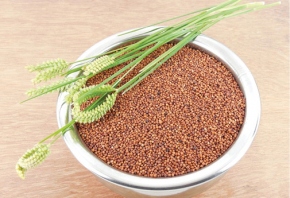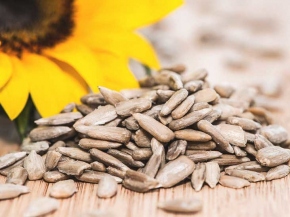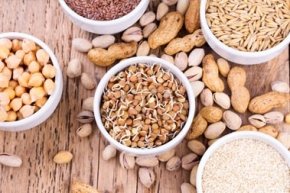- Axis Mutual Fund launches Axis Global Innovation Fund of Fund
- IHCL EXPANDS amã STAYS & TRAILS PORTFOLIO IN GOA
- Ending Period Taboo
- Scheme Snafu
- Equal Future
- Transcending Stereotypes
- Reboot for 2021- Refreshed & renewed with Jiva spa @ Taj, Goa
- Cottonfab 2021 at Kala Akademy
- Lockdown Dairy: Fests & Zatras remembered
- Aby Jose
Hydrate and Sweat
It’s important to prepare well for an outdoor workout. Here’s how
Fresh air and wide-open spaces beckon more than ever before, leading many fitness professionals, athletes, and wellness warriors to push their limits in the great outdoors. This pivot from fluorescent lights and air conditioning to sunshine and heat drives the need for greater attention to hydration and recovery before, during, and after the workout.
The differences between an athlete exercising in the outdoors and the regular morning/evening walker lies in the intensity and duration of the former’s exercise regimen. While the rain clouds may offer partial protection from the scorching rays of the sun at present, the hidden heat is a force
to reckon with as one strives to
maintain fitness in these forced no-gym, no-sport conditions.
With so many benefits tied to optimal hydration, it is truly surprising that so many athletes workout paying scant attention to filling up on water. Optimal hydration is known to support a lower heart rate, core temperature, and rate of perceived exertion as well as higher stroke volume and cardiac output. In other words, better workouts and improved performance!
It is therefore essential that one focuses on sipping water and other beverages in the hours leading up to a workout, allowing yourself to use the facilities before the work begins. Your goal is to meet your thirst and maintain a urine concentration that’s light yellow in colour. If early morning workouts are your choice, tank up on 500-750 ml of water before you set off to exercise. If evening workouts are your preference, make sure you take in 300 ml of fluid every hour or two through the morning.
Lighter workouts are supported by an adequate water intake. But when humidity levels are high (which can happen during the monsoons too), it is extremely important that you also concentrate on maintaining electrolyte levels in addition to water balance. Add in sodium, chloride, potassium, and other critical electrolytes to help your body retain the fluids it needs to perform and excel.
Eating a light snack such as a fruit or sipping on lemon water or a freshly prepared juice (not one with loads of sugar in it) are other ways of ensuring both water and electrolyte balances are maintained during an outdoor workout in hot and humid conditions.
How does one determine the amount of fluid they need to drink during a workout? The amount of fluid needed to maintain hydration varies according to the amount of fluid on board at the start, an individual’s sweat rate, size, and gender. ‘Drinking to thirst’ is encouraged; for a more precise hydration plan, consider performing a sweat test.
Read the full article in 'Viva Goa' magazine copy.
Viva Goa magazine is now on stands. Available at all major book stalls and supermarkets in Goa.













